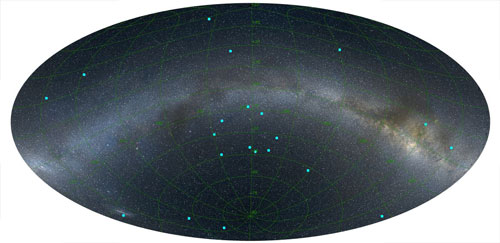 Astronomers have found what appears to be the largest feature in the observable universe: a ring of nine gamma ray bursts - and hence galaxies - 5 billion light years across.
Astronomers have found what appears to be the largest feature in the observable universe: a ring of nine gamma ray bursts - and hence galaxies - 5 billion light years across.
Aug 4th, 2015
Read more
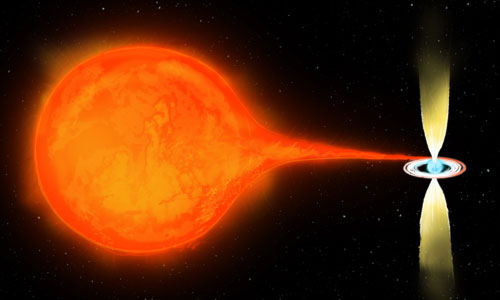 A super-dense star formed in the aftermath of a supernova explosion is shooting out powerful jets of material into space, research suggests.
A super-dense star formed in the aftermath of a supernova explosion is shooting out powerful jets of material into space, research suggests.
Aug 4th, 2015
Read more
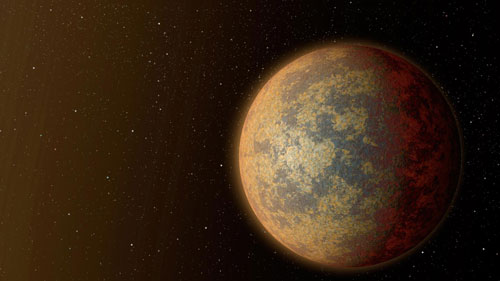 A star in the constellation Cassiopeia has a planet in a three-day orbit that transits, or crosses in front of its star. At a distance of just 21 light-years, it is by far the closest transiting planet to Earth, which makes it ideal for follow-up studies. Moreover, it is the nearest rocky planet confirmed outside our solar system.
A star in the constellation Cassiopeia has a planet in a three-day orbit that transits, or crosses in front of its star. At a distance of just 21 light-years, it is by far the closest transiting planet to Earth, which makes it ideal for follow-up studies. Moreover, it is the nearest rocky planet confirmed outside our solar system.
Aug 3rd, 2015
Read more
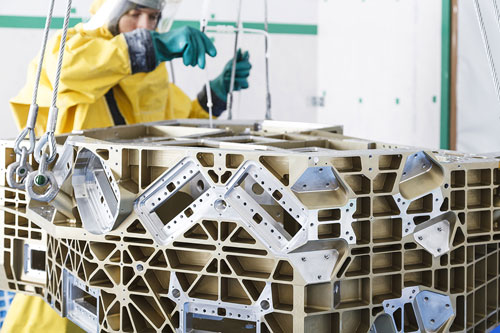 Components used on a space mission must be cleaned meticulously. Fraunhofer researchers designed a cleanroom for the ESA (European Space Agency) in which the most infinitesimal contaminants can be removed.
Components used on a space mission must be cleaned meticulously. Fraunhofer researchers designed a cleanroom for the ESA (European Space Agency) in which the most infinitesimal contaminants can be removed.
Aug 3rd, 2015
Read more
A mile-long asteroid that raced past Earth July 25 at about 45,000 miles per hour was imaged by radar telescopes so that astronomers could discern its precise orbit and physical shape.
Jul 31st, 2015
Read more
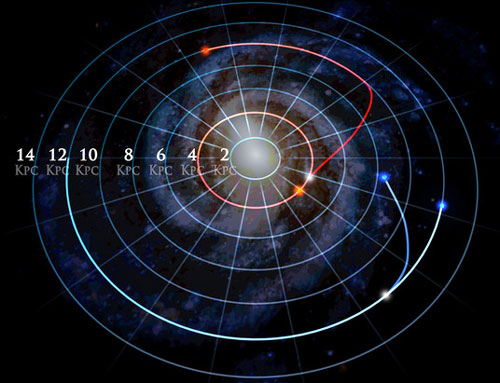 Astronomers have created a new map of the Milky Way that provides the first clear evidence of migration of stars throughout our galaxy. The study, which determined that 30 percent of stars have traveled across the galaxy, is bringing a new understanding of how stars are formed and travel throughout the Milky Way.
Astronomers have created a new map of the Milky Way that provides the first clear evidence of migration of stars throughout our galaxy. The study, which determined that 30 percent of stars have traveled across the galaxy, is bringing a new understanding of how stars are formed and travel throughout the Milky Way.
Jul 31st, 2015
Read more
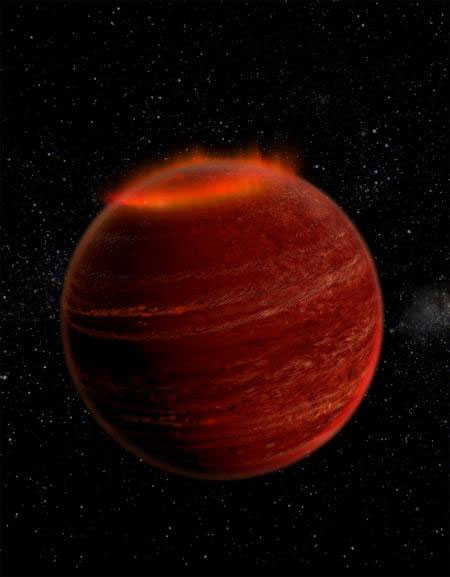 Astronomers say brown dwarfs behave more like planets than stars.
Astronomers say brown dwarfs behave more like planets than stars.
Jul 30th, 2015
Read more
The merger of two black holes is one of the most sought-after observations of modern astronomy. The first observatories capable of directly detecting gravitational waves will begin observing the universe later this year. When these waves rolling in from space are detected on Earth for the first time, astrophysicists predict astronomers will 'hear', through these waves, five times more colliding black holes than previously expected.
Jul 29th, 2015
Read more
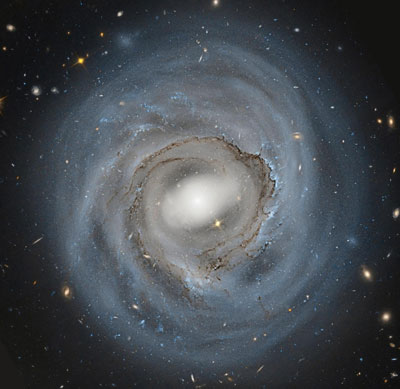 Astronomers have long known that powerful cosmic winds can sometimes blow through galaxies, sweeping out interstellar material and stopping future star formation. Now they have a clearer snapshot of how it happens.
Astronomers have long known that powerful cosmic winds can sometimes blow through galaxies, sweeping out interstellar material and stopping future star formation. Now they have a clearer snapshot of how it happens.
Jul 27th, 2015
Read more
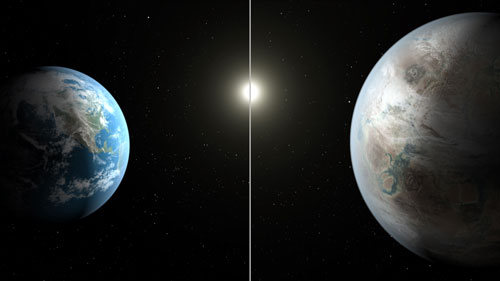 NASA's Kepler mission has confirmed the first near-Earth-size planet in the 'habitable zone' around a sun-like star. This discovery and the introduction of 11 other new small habitable zone candidate planets mark another milestone in the journey to finding another Earth.
NASA's Kepler mission has confirmed the first near-Earth-size planet in the 'habitable zone' around a sun-like star. This discovery and the introduction of 11 other new small habitable zone candidate planets mark another milestone in the journey to finding another Earth.
Jul 23rd, 2015
Read more
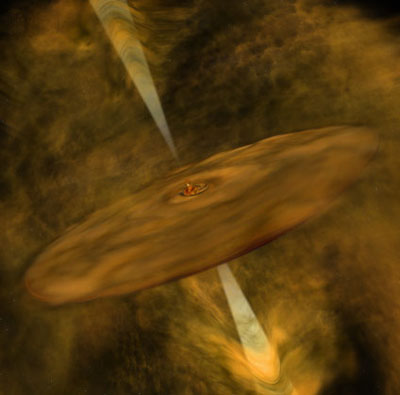 Astronomers have discovered jets of material ejected by still-forming young brown dwarfs. The discovery is the first direct evidence that brown dwarfs, intermediate in mass between stars and planets, are produced by a scaled-down version of the same process that produces stars.
Astronomers have discovered jets of material ejected by still-forming young brown dwarfs. The discovery is the first direct evidence that brown dwarfs, intermediate in mass between stars and planets, are produced by a scaled-down version of the same process that produces stars.
Jul 23rd, 2015
Read more
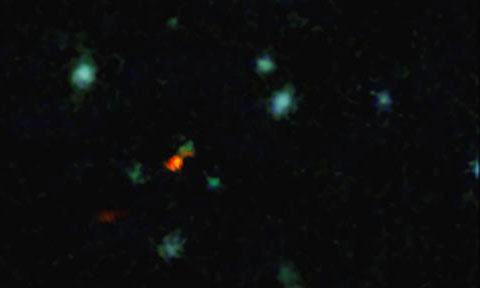 An international team of astronomers led by the University of Cambridge have detected the most distant clouds of star-forming gas yet found in normal galaxies in the early Universe - less than one billion years after the Big Bang. The new observations will allow astronomers to start to see how the first galaxies were built up and how they cleared the cosmic fog during the era of reionisation.
An international team of astronomers led by the University of Cambridge have detected the most distant clouds of star-forming gas yet found in normal galaxies in the early Universe - less than one billion years after the Big Bang. The new observations will allow astronomers to start to see how the first galaxies were built up and how they cleared the cosmic fog during the era of reionisation.
Jul 22nd, 2015
Read more
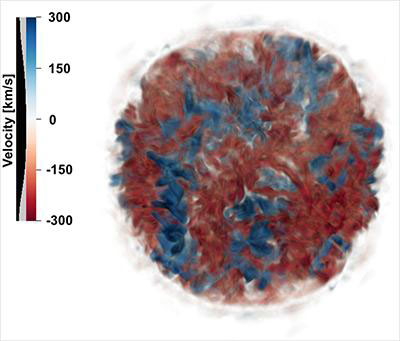 How massive stars explode remains a mystery; However, recent work may bring some answers to this astronomical question.
How massive stars explode remains a mystery; However, recent work may bring some answers to this astronomical question.
Jul 21st, 2015
Read more
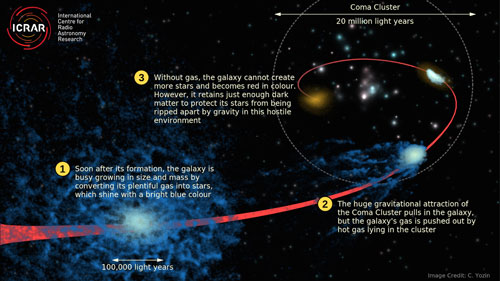 Galaxies in a cluster roughly 300 million light years from Earth could contain as much as 100 times more dark matter than visible matter, according to an Australian study.
Galaxies in a cluster roughly 300 million light years from Earth could contain as much as 100 times more dark matter than visible matter, according to an Australian study.
Jul 20th, 2015
Read more
Astronomers could discover a plethora of planets around binary star systems (stars that rotate around each other) by measuring with high precision how stars move around each other, looking for disturbances exerted by possible exoplanets.
Jul 15th, 2015
Read more
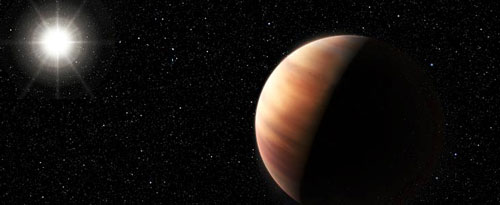 A research team has been targeting Sun-like stars in a bid to find planetary systems similar to our Solar System. The team has now uncovered a planet with a very similar mass to Jupiter, orbiting a Sun-like star, HIP 11915, at almost exactly the same distance as Jupiter.
A research team has been targeting Sun-like stars in a bid to find planetary systems similar to our Solar System. The team has now uncovered a planet with a very similar mass to Jupiter, orbiting a Sun-like star, HIP 11915, at almost exactly the same distance as Jupiter.
Jul 15th, 2015
Read more
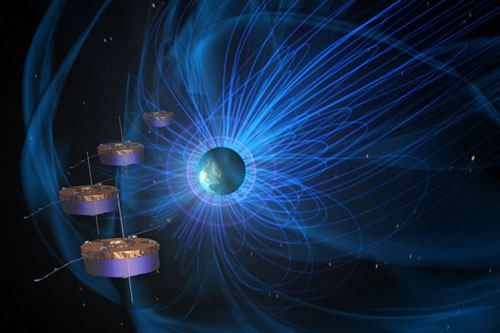 The structure may help scientists identify radiation-remediation strategies in space.
The structure may help scientists identify radiation-remediation strategies in space.
Jul 14th, 2015
Read more
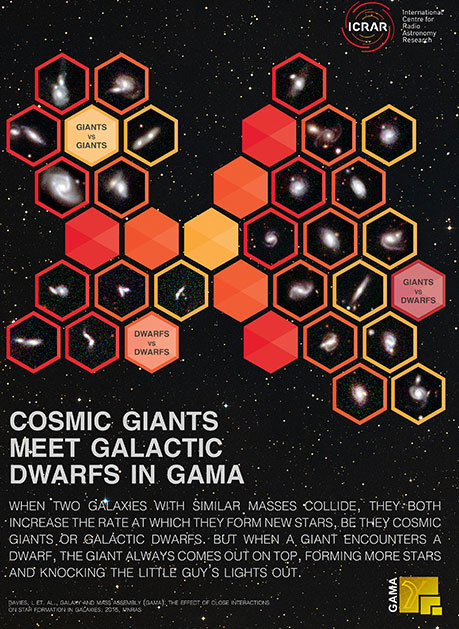 When two different sized galaxies smash together, the larger galaxy stops the smaller one making new stars, according to a study of more than 20,000 merging galaxies.
When two different sized galaxies smash together, the larger galaxy stops the smaller one making new stars, according to a study of more than 20,000 merging galaxies.
Jul 13th, 2015
Read more
 Astronomers have found what appears to be the largest feature in the observable universe: a ring of nine gamma ray bursts - and hence galaxies - 5 billion light years across.
Astronomers have found what appears to be the largest feature in the observable universe: a ring of nine gamma ray bursts - and hence galaxies - 5 billion light years across.
 Subscribe to our Space Exploration News feed
Subscribe to our Space Exploration News feed












